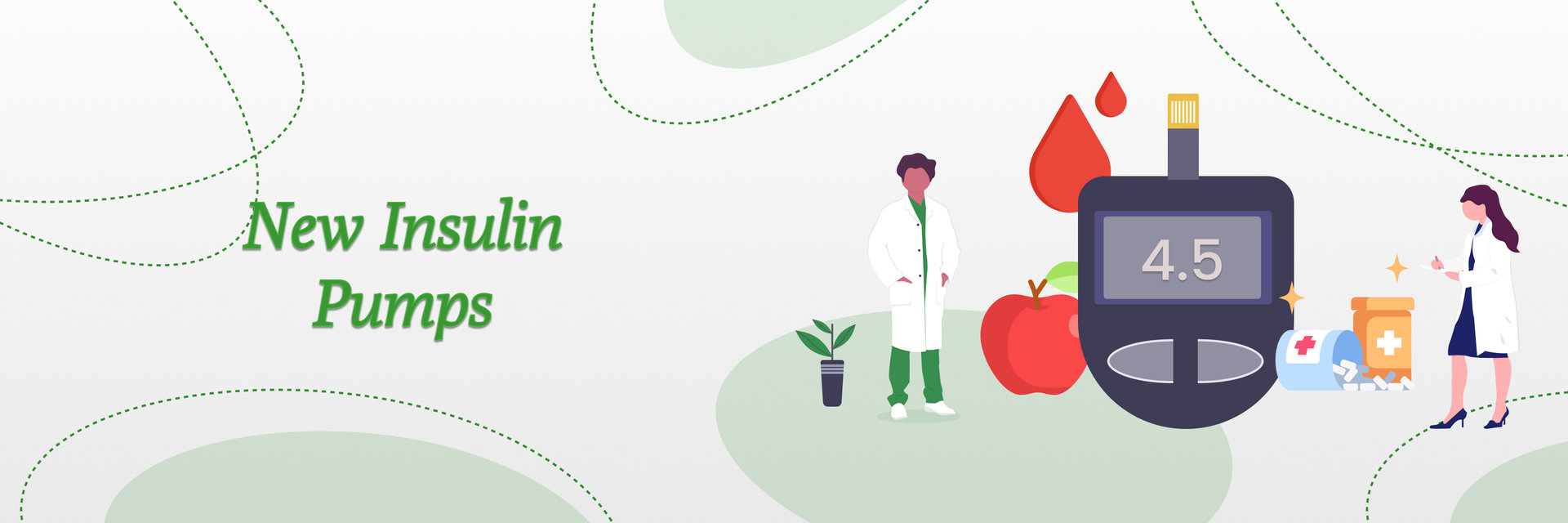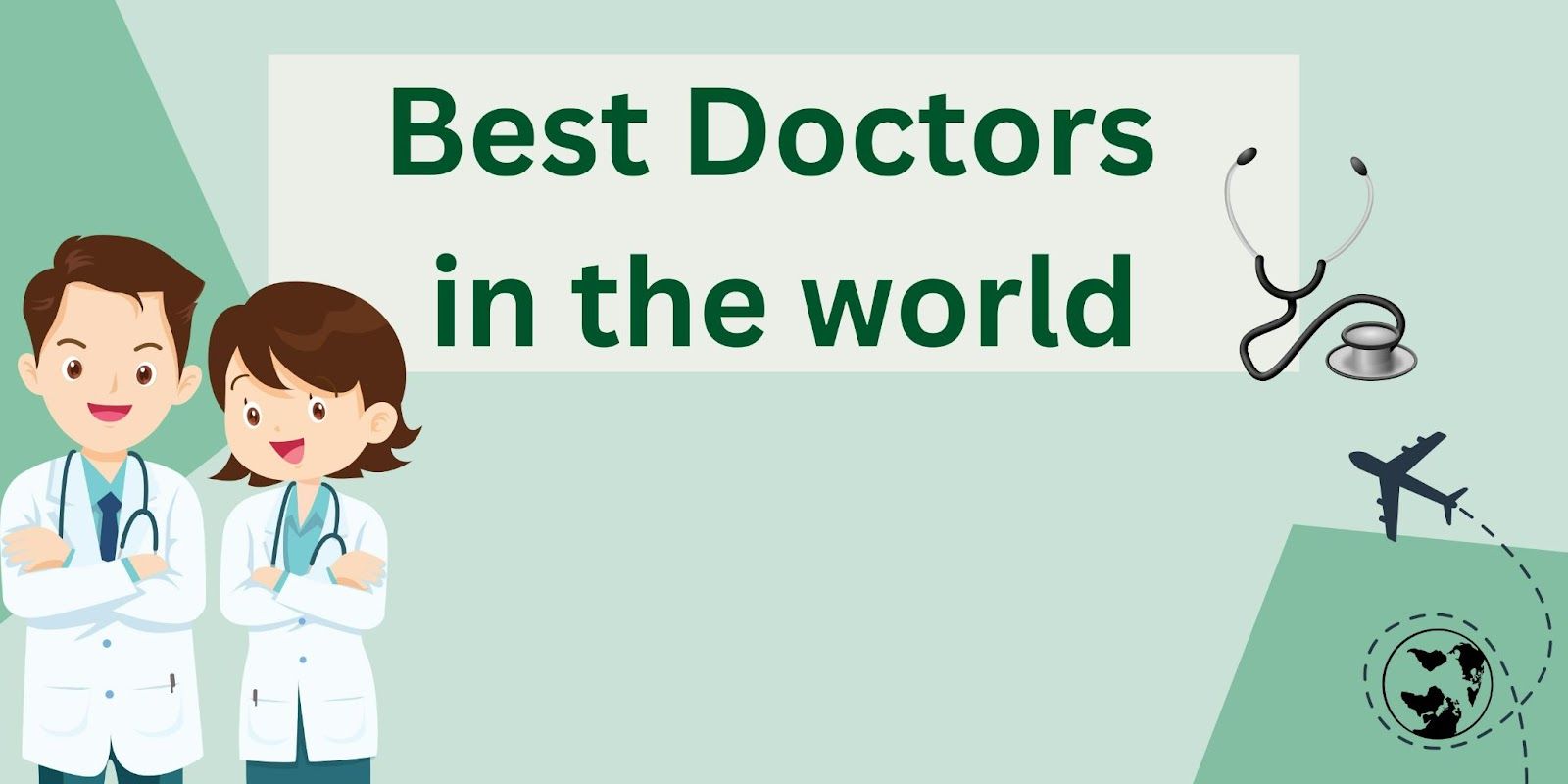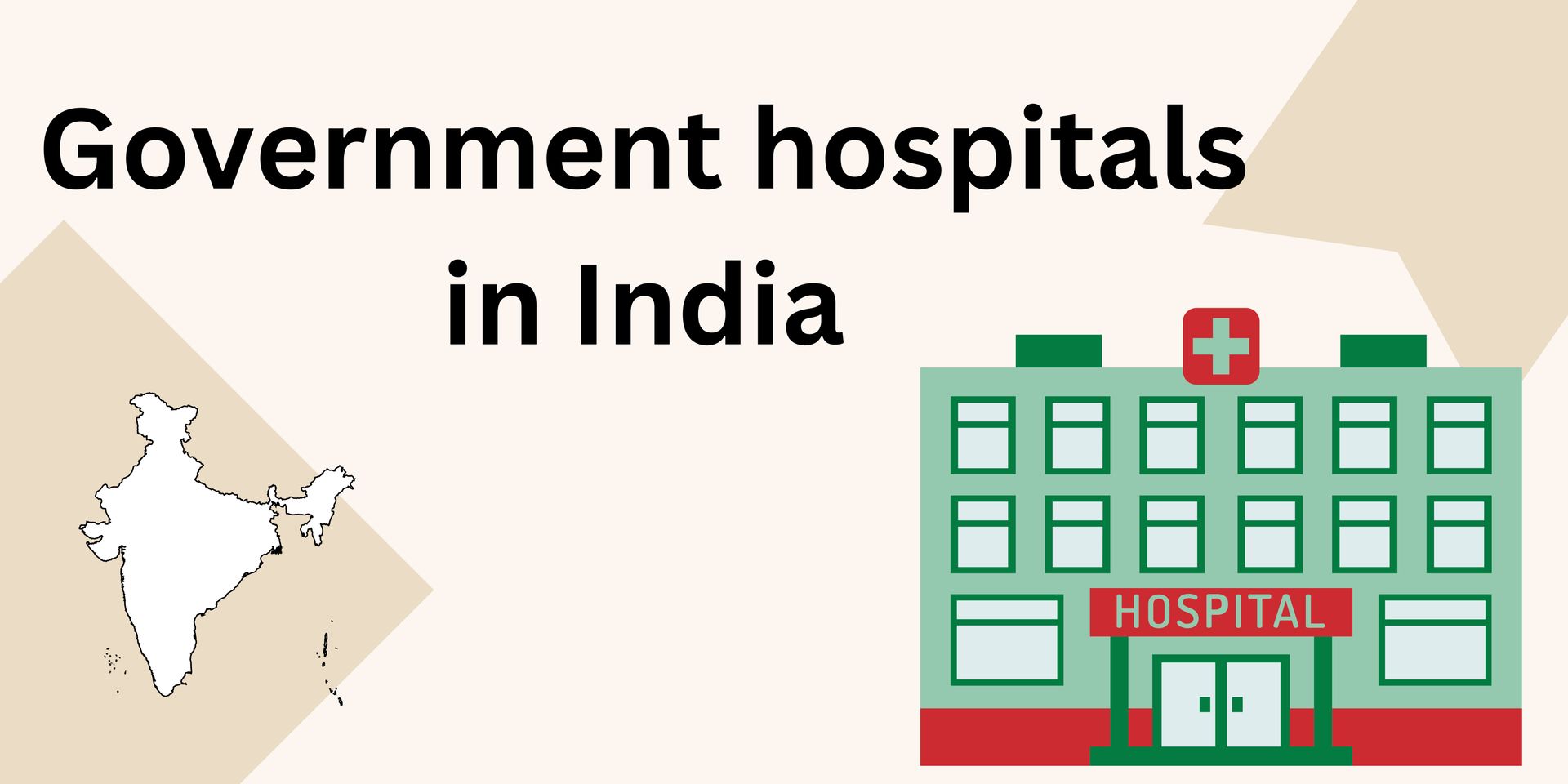Overview
Data-driven healthcare advertising uses patient insights to create personalized and impactful campaigns. While it boosts engagement and improves targeting, it must strictly follow privacy regulations like HIPAA and GDPR. This guide explains how to stay compliant, implement ethical strategies, and use tools like CRMs, analytics, and automated compliance checks. Success lies in balancing innovation with responsibility protecting patient data while delivering meaningful healthcare messages.
Introduction to Data-Driven Healthcare Advertising
In today's fast-changing healthcare world, advertising has taken a big step towards strategies based on data. You might know about old-school advertising methods, but now the scene depends a lot on data analysis to reach specific groups of people more . This change isn't just about making marketing more modern; it aims to offer personalized health solutions and make patients' health better. Healthcare advertising that uses data takes advantage of huge amounts of information to create campaigns that connect with people on a personal level encouraging them to get involved and build trust. But this new way of doing things means we need to be careful with sensitive info. There are strict rules in healthcare to protect patient data. As you get more into data-driven ads, it's crucial to know these rules well. This helps you follow them and keep patients' trust. Getting the ins and outs of this area will help you make campaigns that work well and are ethical too.
This article looks at different parts of data-driven healthcare ads. It focuses on following the rules and gives useful ways to keep things ethical. By the time you finish reading, you'll know a lot about how to use data while keeping your marketing legal.
What Healthcare Programmatic Targeting Means
Healthcare programmatic targeting is key to data-driven ads in medicine. This method lets you use tech to buy and place ads more. It targets specific groups based on data insights. With programmatic targeting, you can reach possible patients. You can shape messages that talk right to what they need and like. This doesn't just get more people involved. It also makes your campaigns work better.
The backbone of effective healthcare programmatic targeting is high-quality relevant data. Good data helps you spot trends and likes in how patients act making sure your messages reach the right people when they need to. This means looking at loads of information, like what websites people visit, what they search for online, and how they've dealt with healthcare before. All this helps build a full picture of who you're trying to reach.
But we need to be careful when dealing with this stuff. Using people's personal info in health ads brings up big privacy issues. You have to follow rules like HIPAA in the US, which control how protected health info is used and shared. Sticking to these rules doesn't just keep patients' info safe - it also makes your company look more trustworthy.
How Following Rules Matters in Health Advertising
Following the rules of healthcare advertising isn't just about obeying the law; it's about doing what is right. Health info is sensitive stuff, so it's crucial to protect data at a high level. You've got the job of handling people's personal details, making sure you use them and sticking to what the big bosses say is okay. If you don't play by the rules, you could be in for some serious trouble - we're talking about legal headaches, losing money and hurting your brand's good name.
To stay within the rules, you need to know the ins and outs of the regulatory scene. This means getting to grips with laws such as HIPAA, the General Data Protection Regulation (GDPR) in Europe, and other rules that apply to your area. These laws aim to safeguard patient privacy and set strict guidelines on how to gather, handle, and share data. By following these rules, you show that you're committed to doing the right thing and respecting patients' rights.
What's more, compliance goes beyond just following the law; it has an influence on how much patients trust your organization. When your advertising strategy follows the rules, it gives patients peace of mind that their information is secure and used . Building this trust is key to long-term success, as patients are more likely to use your services when they feel you respect their privacy. So, weaving compliance into your advertising approach isn't just about dodging fines; it's about creating a bond of trust and openness with the people you serve.
Strategies for Compliant Healthcare Outreach
To keep your healthcare outreach in line with rules, you need to put some smart plans into action. First off, set up a strong system for managing data. This means creating clear rules for how you gather, store, and use information. By spelling out who can see patient data and when, you cut down on the chance of people getting into it when they shouldn't or using it wrong. Checking things over can help you spot weak points and make sure you're still following all the rules.
Another good way to stay on top of things is to put money into training and teaching your staff. Your team should know the ins and outs of the rules for healthcare ads and the ethical stuff that comes with it. Having regular training can help drive home why following the rules matters and give your staff the know-how to handle data the right way. This hands-on approach doesn't just cut down on risks - it also gives your team the power to make smart choices that line up with what you believe is right.
Also, working with trusted partners and vendors is essential to stay compliant. When you outsource parts of your ad campaigns, make sure your partners follow the same strict data protection rules. Do your homework and set up clear agreements that spell out what each party must do to handle data. By building a network of dependable partners, you can expand your compliance efforts and protect patient privacy in all parts of your advertising work.
Best Practices for Data-Driven Campaigns in Healthcare
Putting best practices into action in your data-driven campaigns has a crucial impact on achieving compliance and effectiveness. One key practice is to make transparency a priority in how you collect data. Tell patients how you'll use their data making sure they give informed consent. This meets legal requirements and builds trust by showing your dedication to ethical data practices.
Another good practice is to take a privacy-by-design approach. This means building data protection into every part of your campaign development. From the start of planning to carrying out and evaluating the campaign, think about how you can limit data exposure and keep patient information safe. Using methods like data anonymization and encryption can boost security and cut down the risk of data leaks.
Lastly, keep improving by checking and tweaking your campaigns. Use feedback from patients and key people to spot areas that need work. By creating a culture that learns and adapts, you can make sure your campaigns stay within the rules and matter in a changing healthcare scene. This drive for the best not helps you follow the rules but also sparks new ideas and gets patients more involved.
Tools and Technologies for Compliant Advertising
Using tools and tech has a big impact on keeping data-driven healthcare ads in line with rules. A full-featured customer relationship management (CRM) system stands out as one of the best tools. A CRM helps you handle patient info making sure you track and record all interactions to meet regulatory standards. When you bring all your data management to one place, you can streamline your work and lower the chance of data leaks.
High-end analytics software also proves useful. This tech lets you get a better grasp of how patients act and what they like while still following the rules. By looking at data in a secure setting, you can create campaigns that speak to your audience without putting their privacy at risk. These platforms also offer ways to make data anonymous and encrypt it, which boosts your efforts to protect data even more.
What's more, think about using automated compliance monitoring tools. These tools can help you keep up with regulatory changes and make sure your campaigns stay compliant. By automating compliance checks and alerts, you can spot potential issues and deal with them before they become problems. This does not save time but also lowers the risk of breaking rules, letting you focus on creating healthcare advertising campaigns that have an impact on your audience.
The Future of Data-Driven Healthcare Advertising
As tech keeps changing, data-driven healthcare ads have a bright future ahead. New tech like AI and machine learning are causing a revolution in how you do advertising, giving you fresh insights and ways to make things personal. These tools let you look at tons of data super , which means you can target better and get patients more involved.
But as things get better new problems pop up when it comes to following the rules. Data systems are getting more complex so you need to keep up with new regulations and change how you do things. To handle this changing scene and make sure your ads stay ethical and work well, you'll need to stay ahead of the game when it comes to following the rules.
Looking ahead, success in data-driven healthcare advertising depends on striking a balance between new ideas and following rules. You can create powerful campaigns that connect with patients and build trust by using new tech while sticking to ethical standards. As you get ready for what's coming keep in mind that following rules isn't just something you have to do; it's a chance to show you care about patient privacy and ethical ad practices.
Conclusion:
As you start your journey in data-driven healthcare advertising, think about how important it is to follow rules as a key part of your plan. Put money into the right tools, teach your team, and stay up-to-date on rule changes. By doing this, you'll not only protect patient privacy but also set the stage to create powerful and rule-following ad campaigns.







